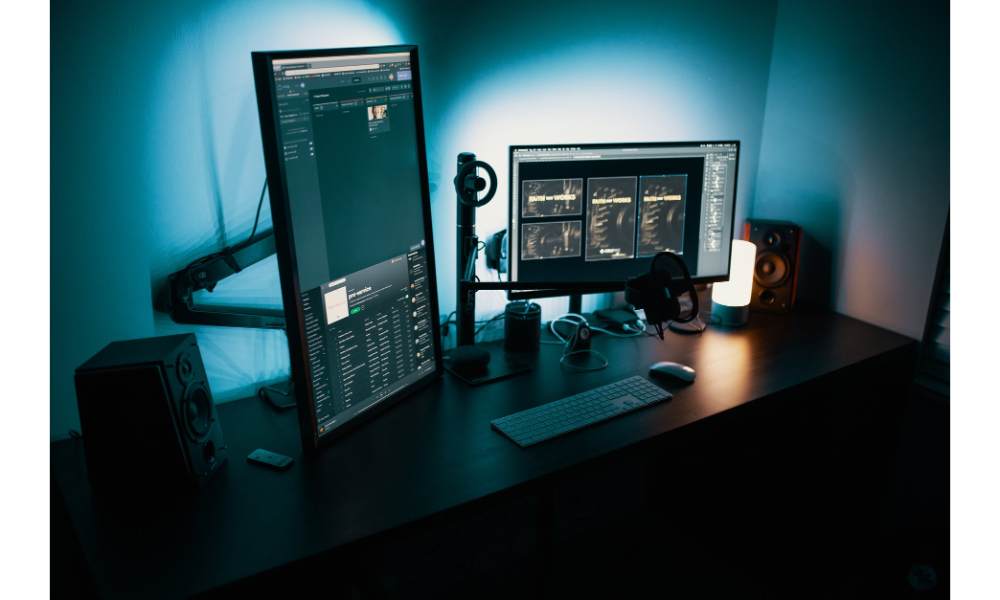Minecraft has transcended the label of mere game to become an expansive sandbox universe, a digital canvas as boundless as the imagination it inspires. What began as a simple indie title, crafted by the hands of a single developer, has grown into a global sensation. But beyond the realms of mere entertainment, one of the most fascinating aspects of best Minecraft servers is how it has become a rich tapestry for both history and science education. Players are no longer just creators, they are architects reimagining ancient civilizations and scientists simulating the laws of our universe.
Our exploration begins not with pickaxes, but with a question: How is history rewritable and science endlessly testable within a realm built on blocky foundations?
Crafting the Past
Within Minecraft, adventurous players can enter the ‘Village and Pillage’ era, the bygone age where civilizations were built from the ground up – quite literally. Imagine towering pyramids, resplendent colosseums, and majestic castles, all meticulously reconstructed in a virtual world. History, once confined to the pages of dusty tomes or the walls of museums, now takes on a new life as players engage, touch, and experience the past like never before.
Minecraft servers dedicated to historical reenactments have become digital time machines. One such server is dedicated to the eras of colonization. Here, players can experience first-hand what it was like to travel the seas, build settlements, and interact with indigenous cultures. The experience is not just educational – it’s immersive, participatory, and in many ways, quite emotional. Suddenly, history is not just a story; it’s an experience shared by a global community of learners.
Unveiling Science in Pixels
The scientific possibilities within Minecraft are as boundless as the universe it attempts to replicate. In a server designed by a group of educators, gravity is a law simulated with uncompromising realism. Here, players can experiment with the principles of physics, crafting and testing contraptions to better understand the natural world. Mini-games within Minecraft servers replicate the conditions of space travel and exploring alien worlds. Every engine burn and gravitational slingshot not only propels a pixelated spacecraft but also ignites curiosity about the cosmos.
Minecraft encourages a hands-on approach to science that traditional classrooms can’t match. The scientific method is brought to life as hypotheses are tested and Minecraft’s block universe becomes a lab for learning. Understanding complex scientific concepts becomes an adventure, with failures as instructive as successes.
The Educator’s Tool
Minecraft’s power as an educational tool lies in its ability to engage learners on their terms. Its visual nature is particularly well-suited to history, where grand structures or cityscapes can be brought back to their former glory. The intuitive building mechanics of the game make it accessible for even the youngest learners, while lesson plans and resources designed around the game provide structure and guidance.
Beyond just a classroom tool, Minecraft stands as a testament to the potential of digital platforms in shaping education. It’s a canvas for creativity that can introduce concepts in a manner that resonates deeply with today’s digital-native students. And as it continues to evolve, so too will its potential to make learning history and science a dynamic, collaborative, and deeply personal experience.
Conclusion
Minecraft illustrates the potential of video games not just to entertain, but to educate in profound and innovative ways. Its servers are proving grounds for an immersive and visceral understanding of historical contexts and scientific principles. Players are no longer passive recipients of information but active participants in their own learning journeys. Each block placed, each experiment tested, is a step into a world where the walls between student and subject are not just broken but reconstructed, forming new pathways for exploration and discovery.
For educators and curious minds alike, Minecraft’s role in modern learning is a beacon in the digital landscape, signaling that the creative and educational potential of technology is still being mined – one block at a time.




